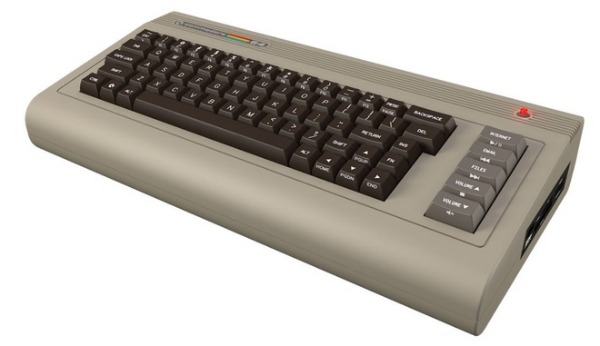A paper presented in June at the International Symposium on Computer Architecture summed up the problem: even today, the most advanced microprocessor chips have so many transistors that it is impractical to supply power to all of them at the same time. So some of the transistors are left unpowered — or dark, in industry parlance — while the others are working. The phenomenon is known as dark silicon.
As early as next year, these advanced chips will need 21 percent of their transistors to go dark at any one time, according to the researchers who wrote the paper. And in just three more chip generations — a little more than a half-decade — the constraints will become even more severe. While there will be vastly more transistors on each chip, as many as half of them will have to be turned off to avoid overheating.
Personally, I’m not going to sing requiem for Moore’s Law just yet; many brick walls for it have been suggested, and they’ve always been engineered around eventually; that said, there are limits to almost everything, and perhaps silicon architecture will finally meet its apogee. I think the real question to ask here is “would that be a bad thing?” An upper limit on computing power might just lead to software that uses what’s available more efficiently…
(Top marks on the suitably doomy and mysterious moniker “dark silicon”, though; that’s a post-cyberpunk novel title just waiting to be used.)
